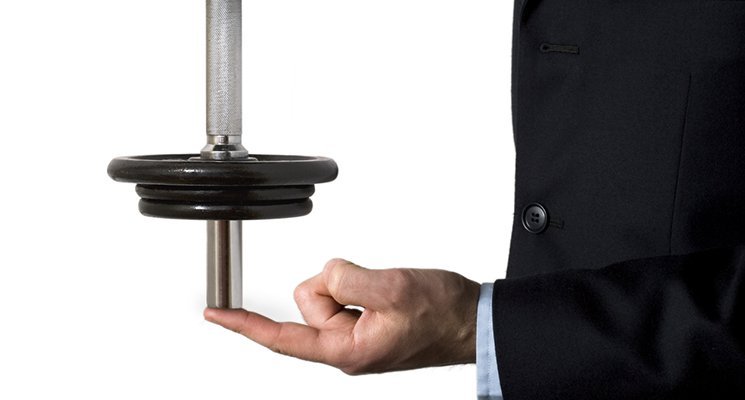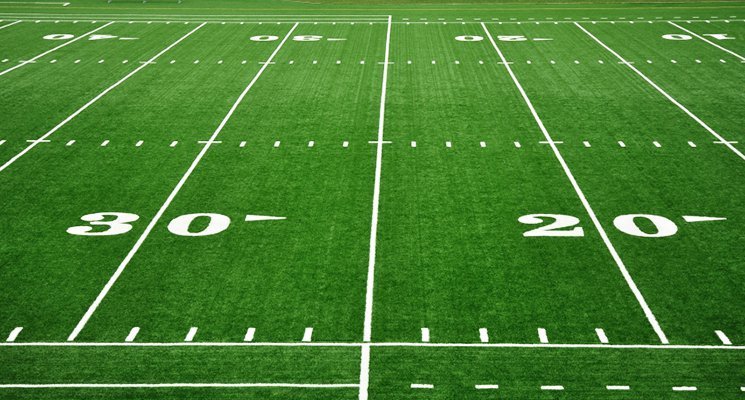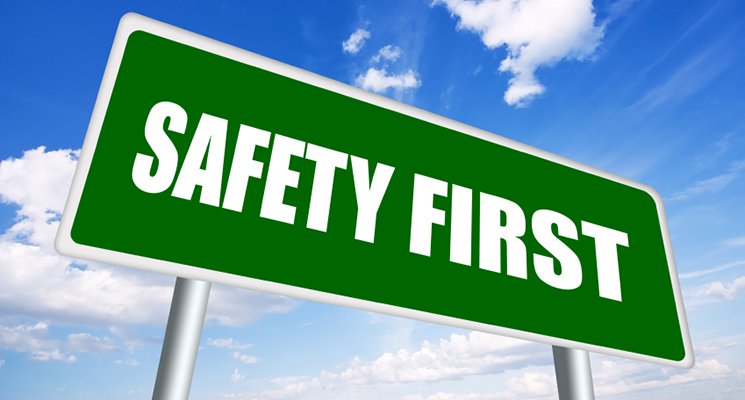Recently, the American Council on Exercise (ACE) submitted a letter to Congress, urging the governmental body to redefine the U.S.’s approach to healthcare. Rather than focus on treating people who are ill, our healthcare system should emphasize illness prevention, ACE argued, while also empowering sufferers of chronic disease to manage their discomfort. As the letter put it: “[O]ur healthcare system needs to shift from one almost solely focused on responding to people who are ill to investing in preventing people from getting sick in the first place and empowering those with chronic conditions to helping themselves when they can.”
Among the intriguing policies that ACE enjoined Congress to adopt is this one: “Allow for financial incentives through tax policies to encourage increased participation through physical activity to reduce the chances of incurring preventable chronic diseases.” What this amounts to in plain English: “Reimburse people who pay to work out!”
In addition to benefitting large swathes of the population, ACE’s proposed financial-incentives plan could, of course, have beneficial effects for the fitness industry. The plan is ingenious. If individuals are reimbursed through tax policies for payments they make to gyms, sports centres, and other fitness facilities, then those individuals will have the opportunity to work toward better health at a lower cost. The facilities they sign up with will enjoy the benefits of a growing membership along with, ideally, built-in incentives for members to stay on-board. And, as citizens become healthier, managing their chronic illnesses and preventing the onset of new disease, the government, over the long term, will begin to see the overall cost of healthcare fall. Everybody wins.
Other proposals in ACE’s letter are equally hopeful. “Make science-based, interdisciplinary coaching, counseling, and support for sustainable behavioral change a functional, integral component of the nation’s healthcare system.” Elsewhere in the letter, ACE describes its members as “advocates for extending the clinic into the community with science-based preventative services delivered by well-qualified professionals not necessarily thought of as healthcare providers.” Put these two together, and you have a movement to enable greater health and healthier decision-making through the involvement of a population of workers not as overburdened as doctors and other medical professionals but qualified to provide health-related guidance — that is, personal trainers, nutritionists, physical therapists, masseuses, and others who make the fitness industry their home.
Another policy ACE pitched to Congress articulates this even more directly: “Extend the healthcare team into the community by tapping well-qualified health and fitness professionals to deliver preventative services and programs focused on behavior change directly in the community, reimbursable by health insurance.” A side benefit of a policy like this one is that health and fitness professionals could be held in greater esteem by the population at large, their knowledge and their services valued for the truly life-transforming elements they are.
All in all, ACE’s letter to Congress is one to read, promote, and actively support. As one of those health and fitness professionals who stands to benefit so much, call your local Congressperson and make your feelings about the letter known. Echo ACE’s words: “The single most effective path to manage rising healthcare costs is to reduce the cost of managing choric disease.” Then explain how your work has proven to you over and over again the truth of this statement.






 The recent and ongoing Target credit card debacle shouts out a loud and clear warning to anyone who operates a business that involves credit card transactions: Protect your customers’ data! When 40 million or so Target shoppers had their credit and debit card data stolen because of problems with the store’s security procedures, the company was sued in multiple lawsuits, its shares fell precipitously, and it was left struggling to placate customers with apologies and discounts. The legal and financial threads will take months — or longer — to untangle, and the store will have to fight to win back its reputation.
The recent and ongoing Target credit card debacle shouts out a loud and clear warning to anyone who operates a business that involves credit card transactions: Protect your customers’ data! When 40 million or so Target shoppers had their credit and debit card data stolen because of problems with the store’s security procedures, the company was sued in multiple lawsuits, its shares fell precipitously, and it was left struggling to placate customers with apologies and discounts. The legal and financial threads will take months — or longer — to untangle, and the store will have to fight to win back its reputation.
 y son calls me a scaredy-cat because I’m constantly throwing warnings out at him: “Don’t run on the ice, you could fall and hurt yourself!” “Be careful on those rocks; they look slippery.” “Please don’t climb any higher up that fence; if you fall and crack your head open, you’ll be sorry!” I’m not a scaredy-cat, I tell him; I just have to give the warning because if something actually happens, I’ll feel even worse about it if I failed to alert him to the danger beforehand. The better tactic, I know, would be to remove the ice, the rocks, and the fence before he can even test them, but out in the world that’s just not possible.
y son calls me a scaredy-cat because I’m constantly throwing warnings out at him: “Don’t run on the ice, you could fall and hurt yourself!” “Be careful on those rocks; they look slippery.” “Please don’t climb any higher up that fence; if you fall and crack your head open, you’ll be sorry!” I’m not a scaredy-cat, I tell him; I just have to give the warning because if something actually happens, I’ll feel even worse about it if I failed to alert him to the danger beforehand. The better tactic, I know, would be to remove the ice, the rocks, and the fence before he can even test them, but out in the world that’s just not possible.